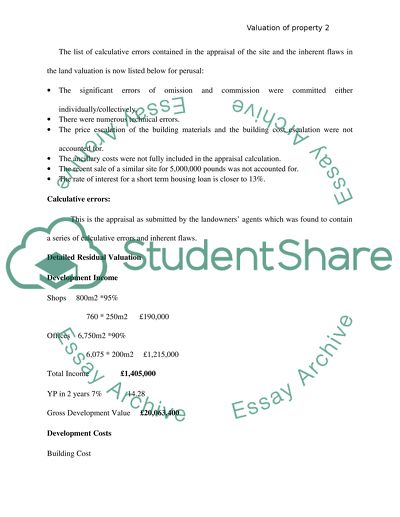Cite this document
(“Valuation of property Article Example | Topics and Well Written Essays - 2750 words”, n.d.)
Retrieved from https://studentshare.org/law/1524323-valuation-of-property
Retrieved from https://studentshare.org/law/1524323-valuation-of-property
(Valuation of Property Article Example | Topics and Well Written Essays - 2750 Words)
https://studentshare.org/law/1524323-valuation-of-property.
https://studentshare.org/law/1524323-valuation-of-property.
“Valuation of Property Article Example | Topics and Well Written Essays - 2750 Words”, n.d. https://studentshare.org/law/1524323-valuation-of-property.


